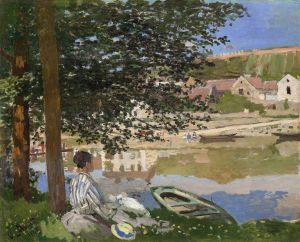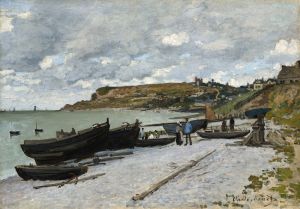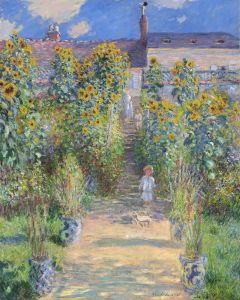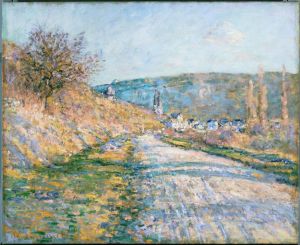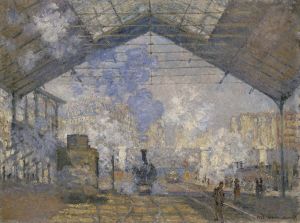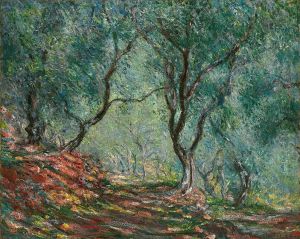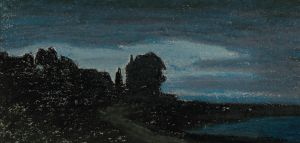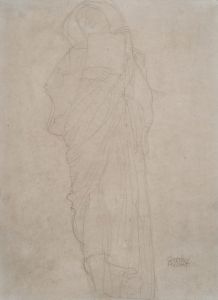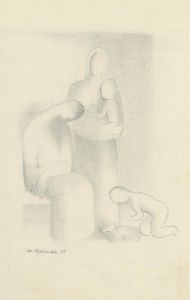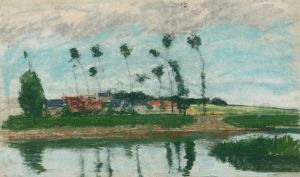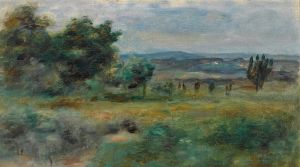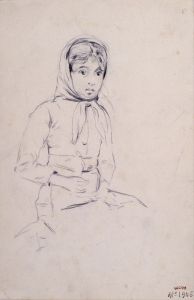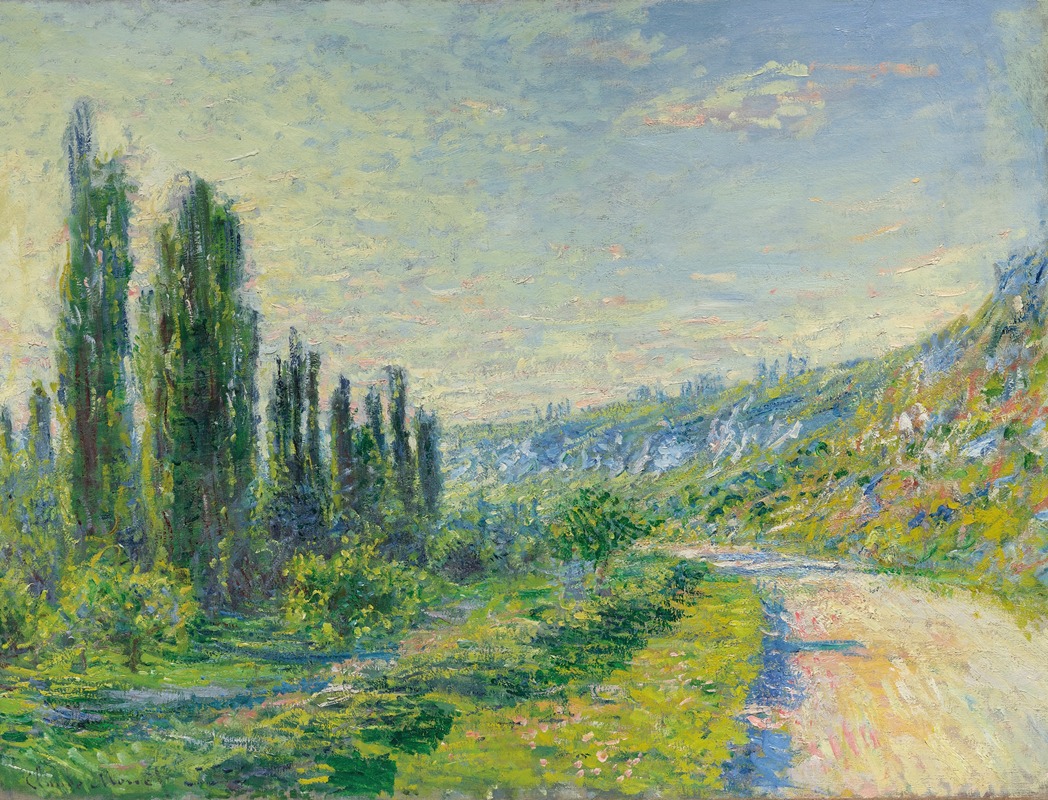
La Route De Vétheuil
A hand-painted replica of Claude Monet’s masterpiece La Route De Vétheuil, meticulously crafted by professional artists to capture the true essence of the original. Each piece is created with museum-quality canvas and rare mineral pigments, carefully painted by experienced artists with delicate brushstrokes and rich, layered colors to perfectly recreate the texture of the original artwork. Unlike machine-printed reproductions, this hand-painted version brings the painting to life, infused with the artist’s emotions and skill in every stroke. Whether for personal collection or home decoration, it instantly elevates the artistic atmosphere of any space.
"La Route De Vétheuil" is a painting by the renowned French Impressionist artist Claude Monet. Created in 1880, this artwork is one of the many pieces Monet produced during his time in Vétheuil, a small village located along the Seine River in northern France. Monet moved to Vétheuil in 1878, and the village and its surroundings became a significant source of inspiration for his work during this period.
The painting depicts a rural road leading to the village of Vétheuil, capturing the serene and picturesque landscape typical of the region. Monet's use of light and color in "La Route De Vétheuil" exemplifies the key characteristics of the Impressionist movement, which sought to capture the fleeting effects of light and atmosphere. The brushstrokes are loose and expressive, creating a sense of movement and immediacy that draws the viewer into the scene.
In "La Route De Vétheuil," Monet employs a palette of soft, natural colors to render the landscape. The road, flanked by trees and foliage, leads the viewer's eye into the distance, where the village can be seen nestled among the hills. The sky is painted with delicate hues, suggesting a clear, bright day. This composition not only highlights Monet's skill in capturing the essence of a moment but also reflects his deep appreciation for the natural beauty of the French countryside.
Monet's time in Vétheuil was a period of both personal and artistic growth. Despite facing financial difficulties and the illness of his wife, Camille, Monet continued to paint prolifically. His works from this period, including "La Route De Vétheuil," demonstrate his evolving style and mastery of the Impressionist technique. The painting is a testament to Monet's ability to find beauty and inspiration in his immediate surroundings, even during challenging times.
"La Route De Vétheuil" is part of the collection at the Musée d'Orsay in Paris, which houses an extensive array of Impressionist and Post-Impressionist masterpieces. The painting is celebrated for its exquisite portrayal of light and atmosphere, as well as its contribution to the broader Impressionist movement. Monet's work during his years in Vétheuil laid the groundwork for his later, more famous series, such as the Water Lilies and the Haystacks.
Overall, "La Route De Vétheuil" is a significant work within Claude Monet's oeuvre, capturing the tranquil beauty of the French countryside and exemplifying the innovative techniques that define Impressionism. Through this painting, Monet invites viewers to experience the peaceful charm of Vétheuil and appreciate the transient effects of light and color that he so masterfully depicted.





